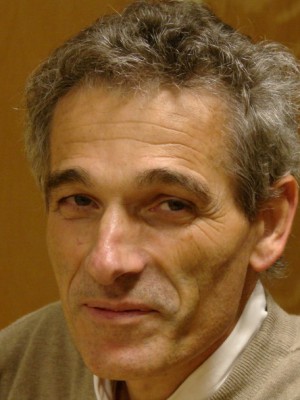resumo
Structural and defect chemistry guidelines were used for Nb-substituted SrVO3-delta materials, designed to meet SOFC anode requirements, with emphasis on redox tolerance, thermochemical compatibility with other SOFC materials, electrical conductivity and adjustable changes in oxygen stoichiometry for their prospective impact on electrocatalytic performance. SrV1-xNbxO3-delta (x = 0-0.30) ceramics were prepared by solid-state synthesis and sintered at 1773 K in a reducing atmosphere. XRD and SEM/EDS showed that under these conditions a single-phase cubic perovskite structure appears up to x approximate to 0.25. Electrical conductivity is metallic-like and nearly p(O-2)-independent. Although substitution by niobium decreases the conductivity, which still exceeds 100 S cm(-1) for x <= 0.20 at temperatures below 1273 K, it also expands the stability domain of the cubic perovskite phase and suppresses partly high thermochemical expansion characteristic of parent SrVO3-delta. The upper p(O-2) limit of phase stability was found to shift from similar to 2 x 10(-15) atm for the undoped material to similar to 2 x 10(-12) atm for x = 0.30, whereas the average thermal expansion coefficient at 773-1223 K decreased from 22.7 x 10(-6) to 13.3 x 10(-6) K-1. SrV1-xNbxO3-delta perovskites undergo oxidative decomposition in air, which causes dimensional and microstructural changes. However, sluggish kinetics of oxidation under inert gas conditions results in nearly reversible behavior in relatively short-term redox cycles between reducing and inert atmospheres. Subtle structural changes and a close correlation with point defect chemistry clarify these sluggish changes and provide guidelines to retain the metastability.
palavras-chave
LANTHANUM STRONTIUM VANADATE; OXIDE FUEL-CELLS; ELECTRICAL-CONDUCTIVITY; SRVO3; PERFORMANCE; EXPANSION; ELECTROLYSIS; STABILITY; CERAMICS; SYNGAS
categoria
Chemistry; Physics
autores
Macias, J; Yaremchenko, AA; Fagg, DP; Frade, JR
nossos autores
Projectos
ORIEL - Oriented Lanthanum Silicate Thin Film Electrolytes for IT-SOFCS (PTDC/CTM-CER/118933/2010)
agradecimentos
This work was developed within the projects SFRH/BD/91675/2012, PTDC/CTM-CER/118933/2010, IF/01072/2013/CP1162/CT0001, and project CICECO-Aveiro Institute of Materials (Ref. FCT UID/CTM/50011/2013), financed by national funds through the FCT/MEC and when applicable co-financed by FEDER under the PT2020 Partnership Agreement.




